Table of content
Cooking duck can be an exhilarating culinary adventure, offering a rich, succulent flavor that pairs beautifully with a variety of ingredients and cooking methods. From classic roast duck to innovative stir-fries and braises, mastering the art of cooking duck requires understanding its unique texture, flavor profile, and the best techniques to enhance its natural deliciousness. This comprehensive guide will walk you through the essentials of cooking duck, including selecting the right duck, preparing it properly, and exploring a range of cooking methods and recipes that will elevate your culinary skills.
Understanding Duck Meat
Duck meat is darker and more flavorful than chicken or turkey, with a higher fat content that contributes to its moist and tender texture when cooked properly. The skin, in particular, is a highlight, becoming crisp and golden brown when roasted or seared. Duck breasts are particularly popular due to their size and rich flavor, while whole ducks offer versatility for roasting, braising, or confiting.
When selecting duck, look for meat that is firm to the touch, with a clean, fresh scent. Avoid ducks with slimy skin or an off odor, as these may indicate spoilage. Fresh or frozen duck can be used interchangeably, but ensure that frozen duck is thawed properly in the refrigerator before cooking.
Preparation Techniques
Before diving into specific recipes, let’s cover some fundamental preparation techniques that will ensure your duck dishes are successful.
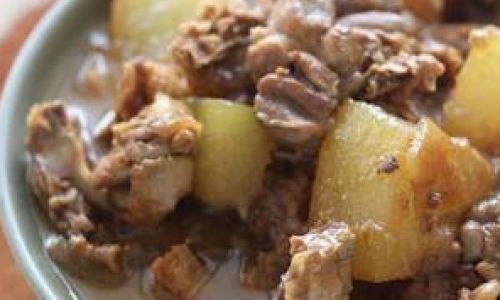
-
Trimming Fat:
Duck skin can be quite fatty, especially around the breast and thighs. While some fat is desirable for flavor and moisture, excess can make the dish greasy. Use a sharp knife to trim away any large fat deposits, particularly from the skin side. Be careful not to cut into the meat itself. -
Scoring the Skin:
Scoring the duck skin involves making shallow cuts in a diagonal pattern. This allows the fat to render more effectively during cooking, resulting in crispy skin. Make sure not to cut through the meat layer. -
Seasoning:
Duck benefits from robust seasoning. Salt and pepper are essentials, but don’t shy away from using herbs, spices, and aromatic vegetables to enhance the flavor. Marinating duck, especially whole ducks or larger cuts, can also add depth and complexity. -
Patting Dry:
After seasoning, pat the duck dry with paper towels. This removes any moisture that could prevent the skin from crisping up properly.
Cooking Methods
Duck is versatile and can be cooked using various techniques, each yielding different textures and flavors. Here are some popular methods:
-
Roasting:
Roasting is a classic method for cooking whole ducks or duck breasts. Preheat your oven to around 375°F (190°C). Place the seasoned duck, skin-side up, on a rack in a roasting pan. Roast until the skin is golden and crispy, and the internal temperature reaches 165°F (75°C) for breasts or 175°F (80°C) for whole ducks. Tent the duck loosely with foil if it browns too quickly. -
Pan-Searing and Oven-Finishing:
For duck breasts, pan-searing followed by oven-finishing is a popular technique. Start by searing the duck breast skin-side down in a hot, oven-safe skillet with a small amount of oil. Cook until the skin is golden and crispy, then flip and sear the other side briefly. Transfer the skillet to the oven and cook until the desired internal temperature is reached. -
Confiting:
Confit duck legs or thighs involve slow-cooking them in their own fat until they are meltingly tender. This method is perfect for dishes like duck confit rillettes. Start by browning the duck pieces in a heavy pot, then add chopped vegetables, herbs, and enough duck fat or olive oil to cover. Cook gently over low heat until the meat is tender and flavorful. -
Braising:
Braising duck in a flavorful liquid, such as wine, stock, or a combination, results in moist and tender meat. Brown the duck pieces first, then add aromatic vegetables, herbs, and liquid. Cover and cook slowly until the duck is tender. -
Stir-Frying:
Duck breast or thigh slices can be stir-fried with vegetables for a quick and delicious meal. Slice the duck thinly against the grain and cook it over high heat with vegetables in a hot wok or large skillet. Use a small amount of oil, as the duck fat will render during cooking.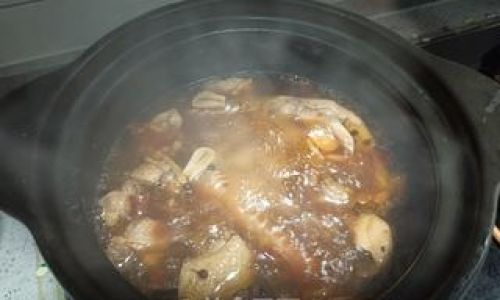
-
Grilling:
Grilling duck, especially breasts or thighs, offers a smoky flavor. Preheat your grill to medium-high heat and oil the grates. Season the duck and grill, turning occasionally, until cooked to your liking. Be careful not to overcook, as grilling can dry out the meat if not monitored closely.
Recipes
Now, let’s dive into some delicious duck recipes that showcase these techniques.
Classic Roast Duck
Ingredients:
- 1 whole duck (about 5-6 pounds)
- Salt and freshly ground black pepper
- 2 cloves garlic, minced
- 1 lemon, halved
- Fresh rosemary and thyme sprigs
- 1 onion, quartered
- 1 carrot, chopped
- 1 celery stalk, chopped
Instructions:
- Preheat your oven to 375°F (190°C).
- Rinse the duck inside and out, then pat dry with paper towels.
- Season the duck cavity with salt, pepper, and minced garlic. Stuff with lemon halves, rosemary, thyme, onion, carrot, and celery.
- Truss the duck by tying the legs together with kitchen twine and tucking the wingtips under the body.
- Season the outside of the duck with salt and pepper, then place it breast-side up on a rack in a roasting pan.
- Roast for about 1 hour and 45 minutes to 2 hours, or until the internal temperature reaches 175°F (80°C) and the skin is golden and crispy. Tent loosely with foil if the skin browns too quickly.
- Let the duck rest for 15-20 minutes before carving and serving.
Pan-Seared Duck Breast with Cherry Sauce
Ingredients:
- 2 duck breasts
- Salt and freshly ground black pepper
- 1 tablespoon olive oil
- 1 small onion, finely chopped
- 1 clove garlic, minced
- 1 cup fresh or frozen cherries, pitted and halved
- 1/2 cup dry red wine
- 1/4 cup chicken or duck stock
- 1 tablespoon balsamic vinegar
- 1 tablespoon sugar
- Fresh thyme sprigs
- Butter (optional, for finishing)
Instructions:
- Score the duck skin in a diagonal pattern, then season both sides with salt and pepper.
- Heat a large, oven-safe skillet over medium-high heat. Add the duck breasts, skin-side down, and cook until the skin is golden and crispy, about 8-10 minutes.
- Flip the duck breasts and cook for an additional 2-3 minutes on the other side. Transfer the skillet to the oven and cook until the internal temperature reaches 130°F (55°C) for medium-rare, or to your liking.
- Remove the duck breasts from the skillet and let them rest, loosely covered with foil, for 10 minutes.
- While the duck is resting, prepare the cherry sauce. In the same skillet, add the onion and garlic and cook until softened.
- Add the cherries, red wine, stock, balsamic vinegar, sugar, and thyme sprigs. Simmer until the sauce thickens slightly, about 10-15 minutes.
- If desired, whisk in a knob of butter to finish the sauce.
- Slice the duck breasts and serve with the cherry sauce spooned over top.
Duck and Vegetable Stir-Fry
Ingredients:
- 2 duck breasts, thinly sliced
- Salt and freshly ground black pepper
- 1 tablespoon vegetable oil
- 1 red bell pepper, sliced
- 1 yellow bell pepper, sliced
- 1 medium zucchini, sliced
- 1 medium carrot, sliced into matchsticks
- 3 cloves garlic, minced
- 1-inch piece of fresh ginger, minced
- 2 tablespoons soy sauce
- 1 tablespoon hoisin sauce
- 1 tablespoon rice vinegar
- 1 tablespoon sesame oil
- Cooked rice or noodles, for serving
- Chopped fresh cilantro, for garnish
Instructions:
- Season the duck slices with salt and pepper.
- Heat a large wok or skillet over high heat and add the vegetable oil.
- Add the duck slices and stir-fry until cooked through and slightly browned, about 4-5 minutes. Remove the duck from the wok and set aside.
- In the same wok, add the bell peppers, zucchini, and carrot. Stir-fry until the vegetables are tender-cr
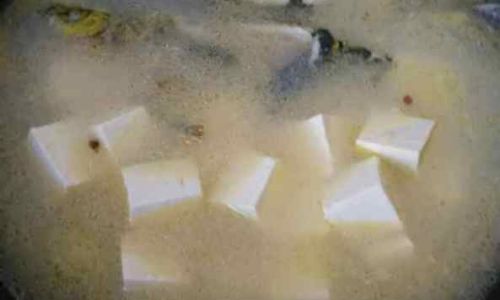
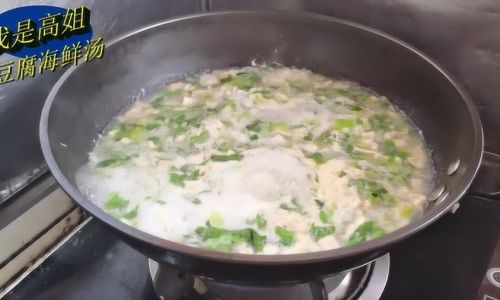
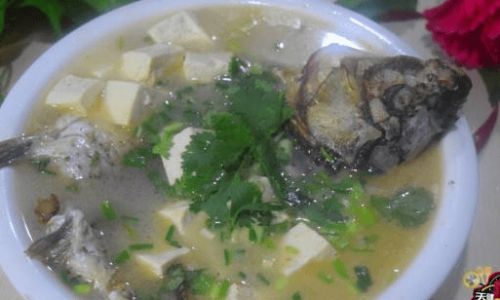
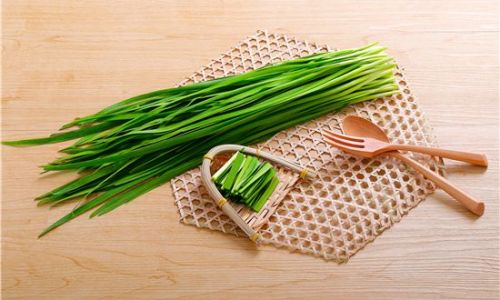
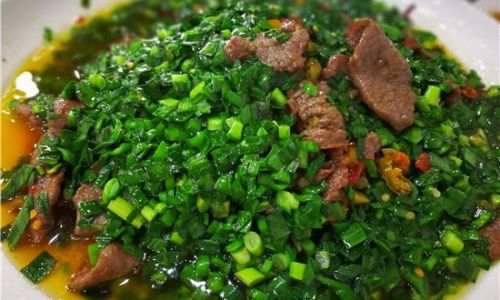
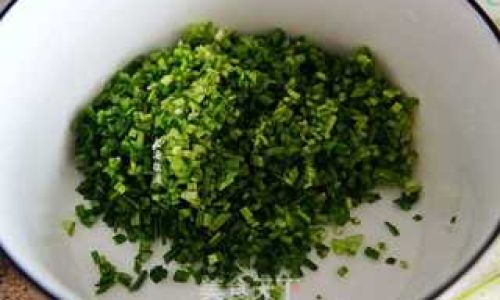
0 comments